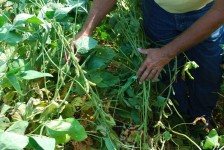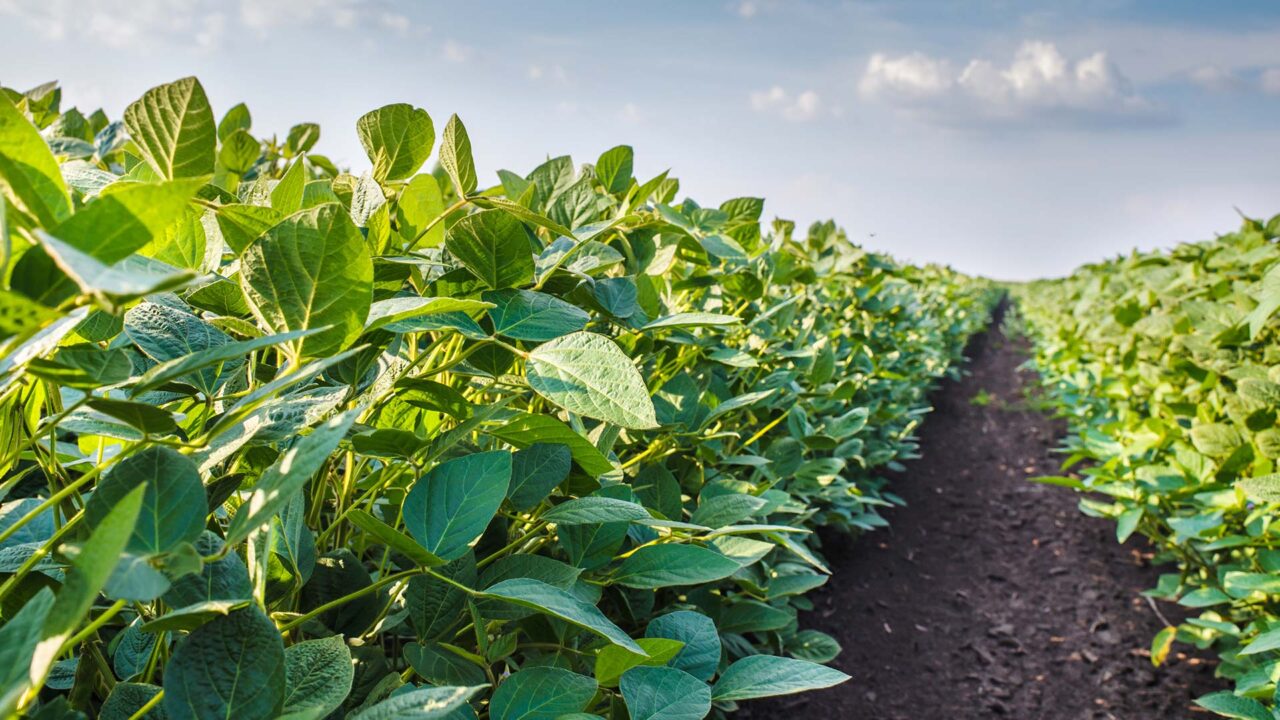Disease Management: Factor In Field History, Weather
 Field history and weather patterns are important in determining how to best manage, says a plant pathologist.
Field history and weather patterns are important in determining how to best manage, says a plant pathologist.
Many organisms that cause crop diseases can survive in the soil and residue for several years. The fungi that cause sudden death syndrome, or SDS, and Phytophthora root rot are two examples in soybeans. Foliar and ear rot diseases, such as Goss’s wilt and Aspergillus ear rot, are examples in corn.
“The first thing to consider is which diseases have been problematic in a field in the past,” Kiersten Wise said. “If soil borne organisms caused those diseases, producers should plan to continually manage those diseases.”
She recommended managing those diseases first with variety selection.
For example, a producer who has a field with a history of Goss’s wilt should select a hybrid that has a known resistance to the disease to reduce the chances of disease development. While disease resistance doesn’t guarantee immunity, it can reduce yield losses.
Fields with heavy crop residue are at higher risk for future disease problems. Those with continuous corn are usually more likely to see disease develop than those in a corn-soybean rotation because residue doesn’t break down as easily over the winter.
Wise said producers can use tillage or other residue decomposition practices on fields with large amounts of residue because it can help reduce chances of disease development.
But an even bigger factor in crop disease development is the weather.
“Weather conditions as farmers start planting and when plants are in reproductive stages will influence what diseases will actually appear in a field,” Wise said. “We can try to do the best preventative management that we can, but we’re also going to have to be prepared for any diseases the weather gives us.”






